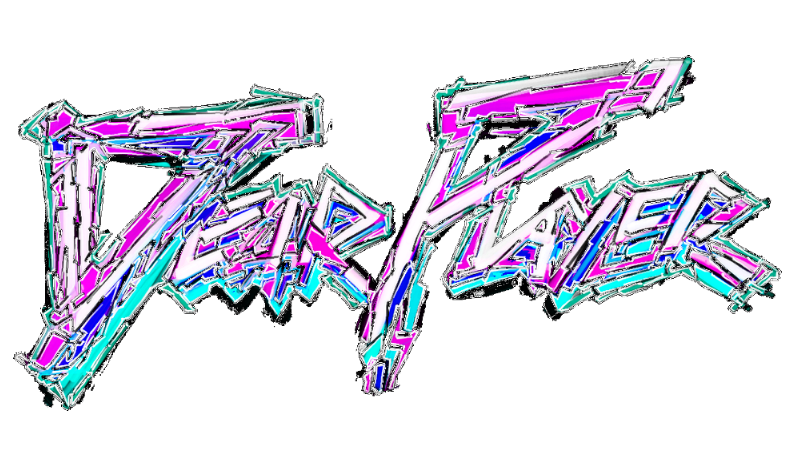This abstract proposes we look more deeply at how mechanics in games can articulate novel kinds of sense-perception at the edges of ludic and narrative experiences, and in forms distinct from the previous scholarship more concerned with the experiential implications of virtual reality (Helsel, Meckler 1991 et al). I’m interested in games which wrestle with Haraway’s cyborg and Bogost’s Alien Phenomenology seriously and conceptually in a world where we all too often see sensory augmentation as instrumental progress.
Read MoreGames and comics have much in common as media on the margins, at once ancient (as icons and tokens) and new (as VR and touchscreens). Both are complex hybrids with a deep and varied ancestry of art forms serving as their foundations, but each medium still has much to learn from the other.
Read MoreI crave candy. It’s a hunger I share with 7yr-olds and cartoon characters. Much has been written about how this primal urge, Niantic’s Pokemon GO, is either saving or dooming a generation (and its road traffic). But we’ve had ARGs and fandoms before, why is this craze proving so provocative?
Read MoreWhat I want to do in this piece is question what we really mean when we use Mihaly Csíkszentmihályi’s term ‘Flow’, and the implications a wider spectrum of Flows might have for our understanding of games.
Read MoreI want to talk about how we might ‘excavate’ games, explore their ruins and their leftovers, and by doing so I want us to reflect on the paranoid way in which we’re learning to play.
Read MoreThe lush golden haze of Yaughton is quiet, but far from peaceful. Fictional places are weird things, they make space where formerly there was none, but they can feel like they’ve always existed. The never-was is hard to erase.
Read MoreGet your anoraks on (and alter their connotations) as I tell you a story about weather in games. From the earliest skybox to the first particle effects and on into the VR future, game design has increasingly recognised the importance of atmosphere. One of the key illusions of the Game is the filling of negative space with the appearance of air.
Read More‘Play’, as generated by games, is an exploration of limits. Because of the assumption of space in the medium, a huge proportion of games involve journeys. For a lot this is a trip from point A to point B (and if you’re unlucky, a backpeddle to point A with object p). On the face of it this seems natural considering the media to which video games still look. Books, TV and film are (to crazy-generalise) traditionally sequential media with linear narratives. Not only are they littered with thematic journeys and notions of progressive character development, but they assume a uni-directional experience of both figured time and literal consumption line by line or frame by frame. But what happens to structures and tropes like these when they’re made literal? What happens in a game where you interactively walk/fly/drive to a finish line?
Read MoreFrom side-scrolling levels to open-world fields of play, games generate space. From their inception, games have had to deal with the problems and possibilities of virtual spaces. In both making and playing we create spaces which are seen, heard and felt - psychological, philosophical and creative. Many games provide beautiful backdrops, but how do they allow us to interact with them as landscapes, to discover, break and reshape worlds?
Read More








